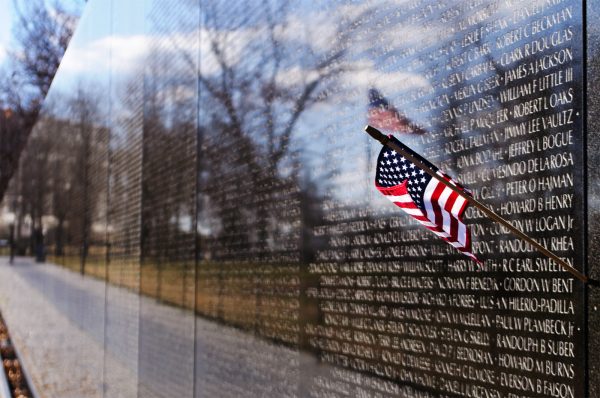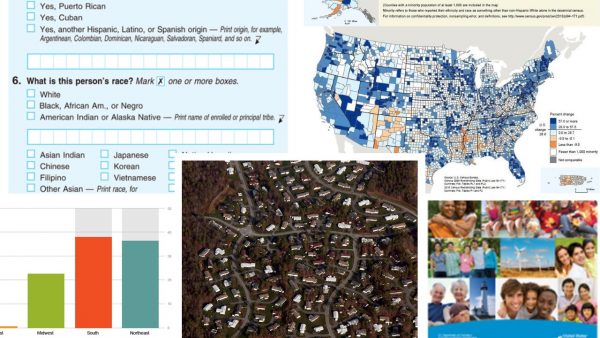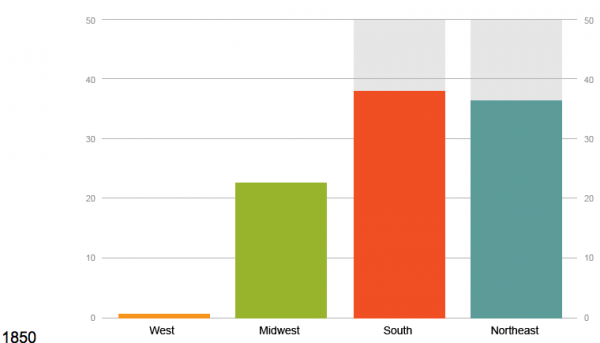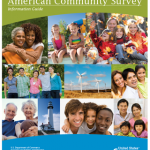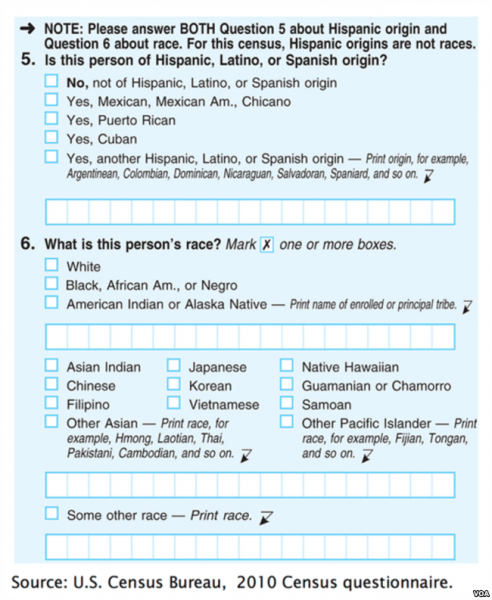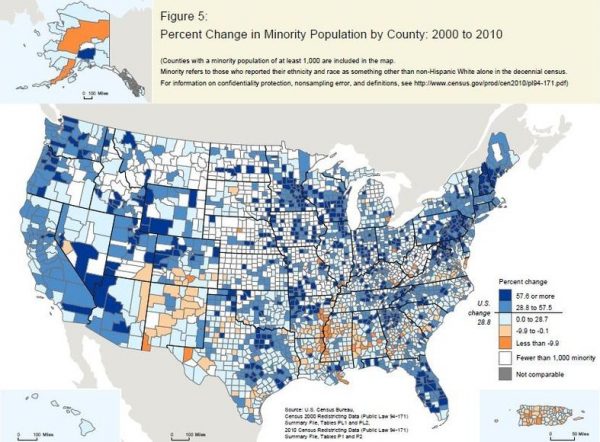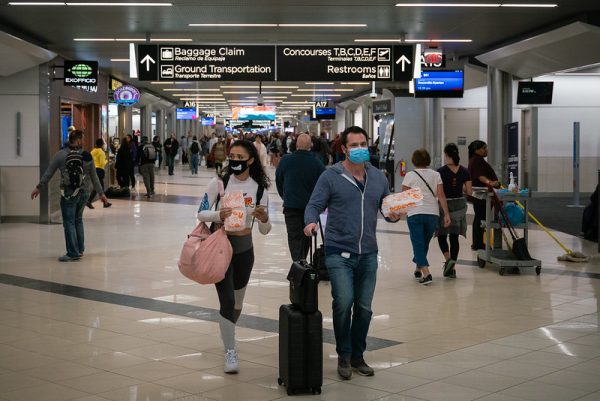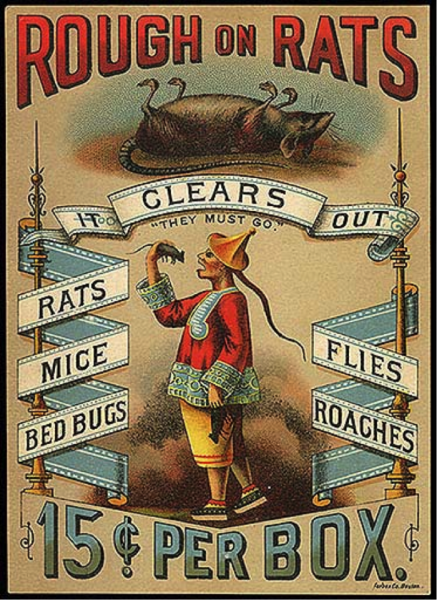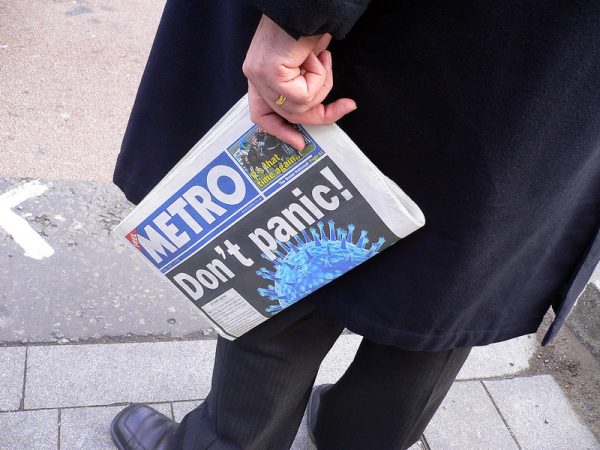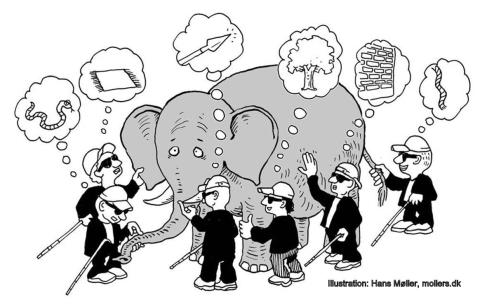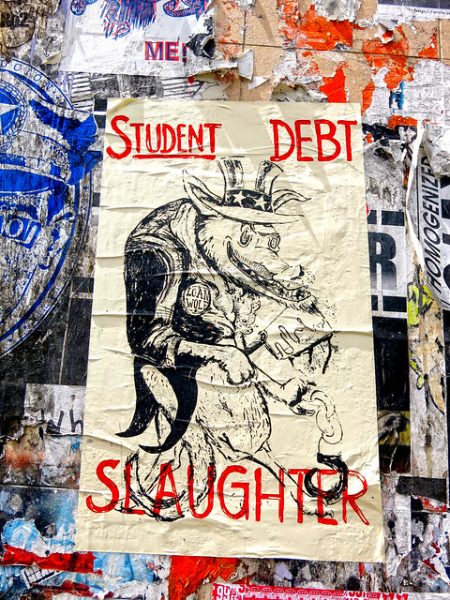
A closeup of a football on a turf field. Photo by Jean-Daniel Francoeur from Pexels under Pexels license.
In the United States the quasi-holiday Super Bowl LVIII is this Sunday, February 11th, 2024. This year the San Francisco 49ers face off against the Kansas City Chiefs. In the spirit of the Super Bowl, check out some sociology from us and our partners Engaging Sports and Contexts on the Super Bowl, football, and sports:
- Politics and Sports: Strange, Secret Bedfellows by Douglas Hartmann and Kyle Green explores the connections between politics and sports in American culture.
- Black Interim Head Coaches in the NFL by Marissa Kiss, Earl Smith, and Angela J. Hattery on the lack of representation of Black head coaches through the hiring hierarchy.
- Understanding the Concussion Crisis in Sport by Dominic Malcolm explaining how cultural ideologies and perceptions of health, aging, and sports are involved.
- Sports, Nationalism, and the Military: What Americans See and Don’t See by Mason Jones covering a recent study looking into how nationalism and military values play a role in football culture.
- Sexism and the Super Bowl: What Can We Learn from Female Sports Fans? by Katelyn Esmonde discussing sexism and gendered stereotypes introduces challenges for sports.
- will a nfl player take a knee at the super bowl? by Simón E. Weffer, Rodrigo Dominguez-Martinez, and Raymond Jenkins on the Take a Knee movement within the NFL.
- THE SUPER BOWL: A sociological view by Todd Beer on how the Super Bowl is larger than just a sporting event, it provides insights into gender roles, socialization, and cultural values of society.
- Hegemonic Masculinity in Super Bowl Commercials by David Mayeda covers how masculinity is seen in Super Bowl commercials and how women are often objectified.
- Ideology and False Consciousness in a Super Bowl Ad by Paul Dean discusses how a Super Bowl commercial attacked unions and served corporate interests.
- Super Bowl Spending: Chicken, Chips, and Antacids by Lisa Wade with an interesting infographic of Super Bowl viewer’s consumption statistics.
- Food and Sports Beyond the Couch Potato by Jean Marie Maier on health and eating habits of athletes.

